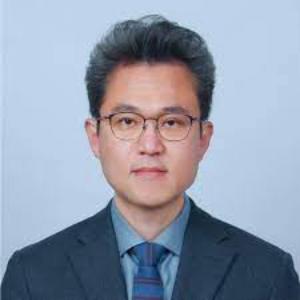Title : Unraveling the controversy over the catalytic reaction mechanism using a new theoretical methodology: One probe and non-equilibrium green’s function surface
Abstract:
We shed light on the longstanding controversial issues on the iodine reduction reaction (IRR) mechanism using a new proposed methodology called “One Probe and Non-Equilibrium Green’s Function Surface (OPNS)”. The OPNS approach completely alleviates the limitations of traditional slab approach for the electrocatalytic reactions by coupling the surface to an infinite reservoir of electrons at a fixed chemical potential and implements an external electric field environment through a semi-infinite one probe model. With aid of OPNS and in-depth structural analysis under the external electric field, we re-evaluated the previously proposed IRR mechanisms on the Pt(111) surface, consecutive and concerted mechanisms. Our results reveal that the configurational preference of approaching I2 molecules depending on the external electric field governs the IRR mechanism. Under the reductive potential, I2 molecules prefer vertical (I2 V) configuration rather than parallel (I2 P) configuration, which leads to the consecutive mechanism where the I atoms are sequentially reduced due to asymmetric charge accumulation on a single I atom to be initially desorbed. Consequently, we can clarify that the IRR follows the consecutive mechanism and we believe that this work can inspire the study of electrocatalytic reaction mechanisms for various catalysts.
Audience Take Away:
- This work clearly explains the controversial mechanism of Iodine reduction reaction.
- We propose new methodology which solves the limitations of current theoretical approach.
- In this work, we emphasize accurate modeling of surface structure for catalytic reaction study by combining semi-infinite electrode and surface structure, named by one-probe model.
- In addition, this work shows the external electric field dependency of catalytic reactions.



